
Thank you to the all the entrants and congratulations to the 2025 winning teams! This year's Challenge had a record number of participants with 123 teams representing 534 students from 67 universities across 24 U.S. states.
NIBIB-sponsored prizes
“NIH’s DEBUT Challenge is a showcase for the remarkable creativity and ingenuity of undergraduate biomedical engineering students across the country,” said NIBIB Director Bruce J. Tromberg, Ph.D. “NIH celebrates all the teams who participated and congratulates the award winners for developing exceptionally innovative and promising technologies for longstanding health care challenges.”
— Bruce J. Tromberg, Ph.D., NIBIB Director
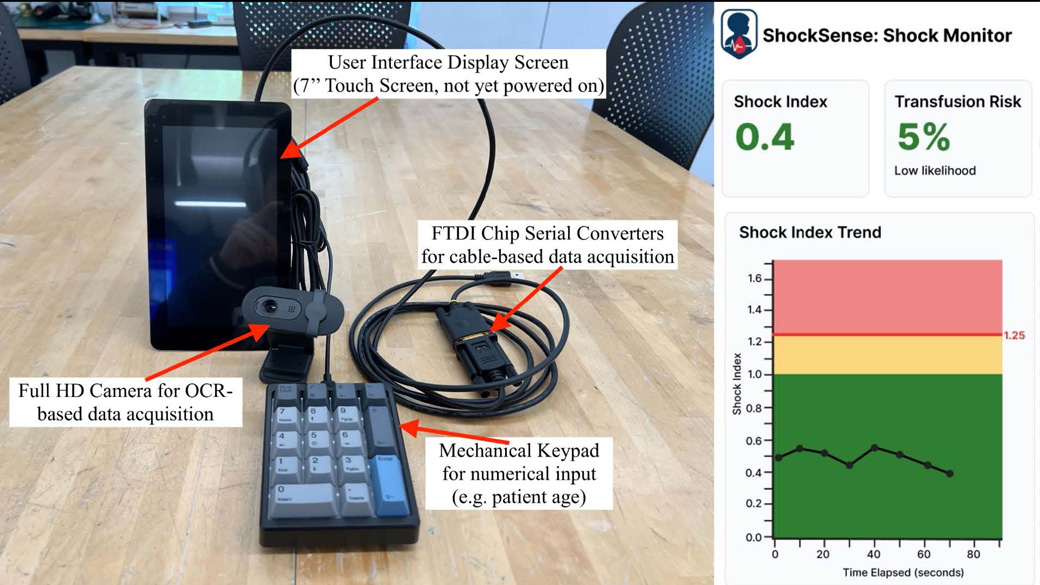
NIBIB “Steven H. Krosnick” First Prize ($20,000): ShockSense: Early Recognition of Pediatric Hemorrhagic Shock, Johns Hopkins University, Baltimore
Eleanor Holtermann, Isabella Godfrey, Vivien Jiang, Ashrith Kollu, Aditya Sinha, Shihan Wu
ShockSense provides an automated, real-time index of hemorrhagic shock, a leading cause of preventable death in pediatric patients. Following trauma and blood loss, hemorrhagic shock is more difficult to diagnose in children because of their greater ability to compensate for blood loss before shock is detectable using blood pressure monitoring and measurement of other vital signs. ShockSense outputs a shock index using a wider set of vital signs and clinical factors that are input into a machine learning algorithm trained on 130,000 pediatric cases in the National Trauma Data Bank. Compared with standard methods, ShockSense improves both sensitivity and specificity of hemorrhagic shock detection in children.
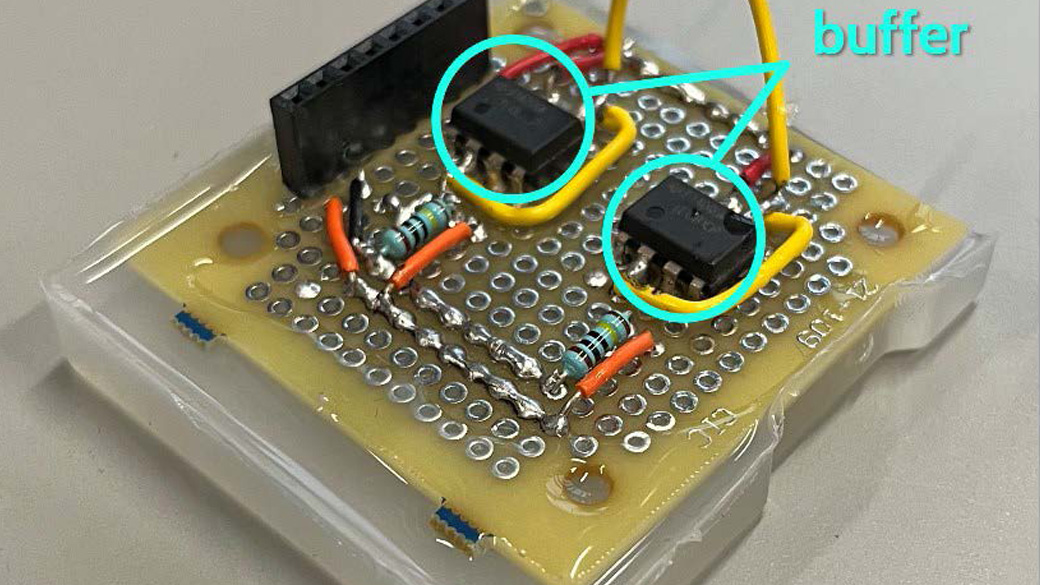
NIBIB Second Prize ($15,000): AV Fistula Thrill-o-Meter, Cooper Union for the Advancement of Science and Art, New York City
David Brokhin, Jaehyeon Park, Seyeon Park, Jay Williams
The AV Fistula Thrill-o-Meter detects the vibrational “thrill” produced by an arteriovenous fistula (AVF), a surgically created bypass between an artery and vein. The Thrill-o-Meter detects altered blood flow in AVFs that can lead to stenosis and thrombosis by using two piezoelectric sensors to record local vibrations. These vibrations are filtered and denoised to remove systemic vibrations like heartbeats, resulting in a detection tool for abnormal blood flow. The design includes a companion app, providing potential for at-home usage by patients.
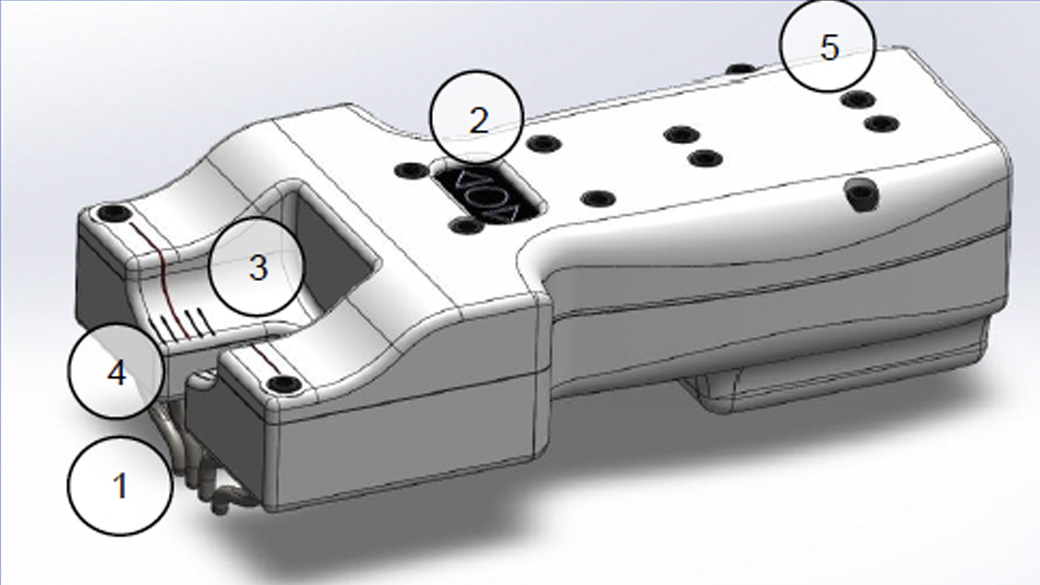
NIBIB Third Prize ($10,000): NeoTap, The University of Texas at Dallas
Harkanwarveer Singh, Yash Narsian, Varun Gunda, Justine Heckler, Snehal Mazumder, Alexander Medina
The NeoTap is a handheld device that increases the accuracy and surgical success rate for neonatal lumbar punctures, which are procedures that are performed to test for infections or injuries in infants. NeoTap uses force sensors to identify low-resistance intervertebral spaces as the desired insertion site in the spine, thereby avoiding needle contact with vertebrae.
NIH-sponsored prizes
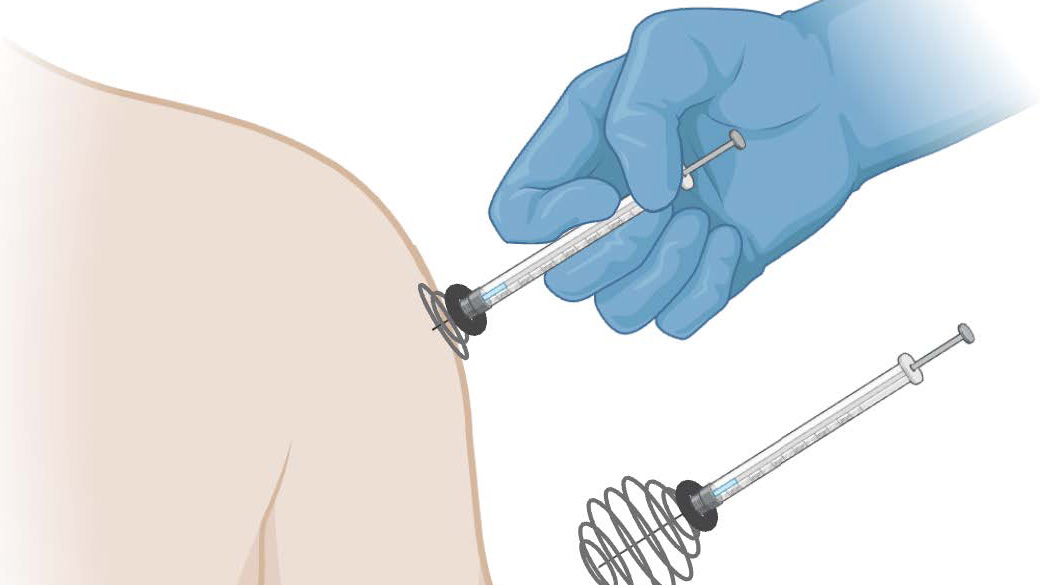
NIH Office of AIDS Research Technologies for HIV/AIDS Prevention and Care Prize ($15,000): SafeSpike, University of Michigan-Ann Arbor
Kian Weihrauch, Liam Smith, Merrilees Craig, Nicholas Chan, Sarah Horst, Saif Alesawy
SafeSpike is an innovative hypodermic needle attachment designed to prevent needlestick injuries. SafeSpike features a unique spherical, spiral spring mechanism that shields the needle tip throughout injection, significantly reducing risks from sudden patient movement as seen with children, patients with Alzheimer’s disease, or those recovering from substance abuse. The design enables one-handed use, easy sanitation, and reusability.
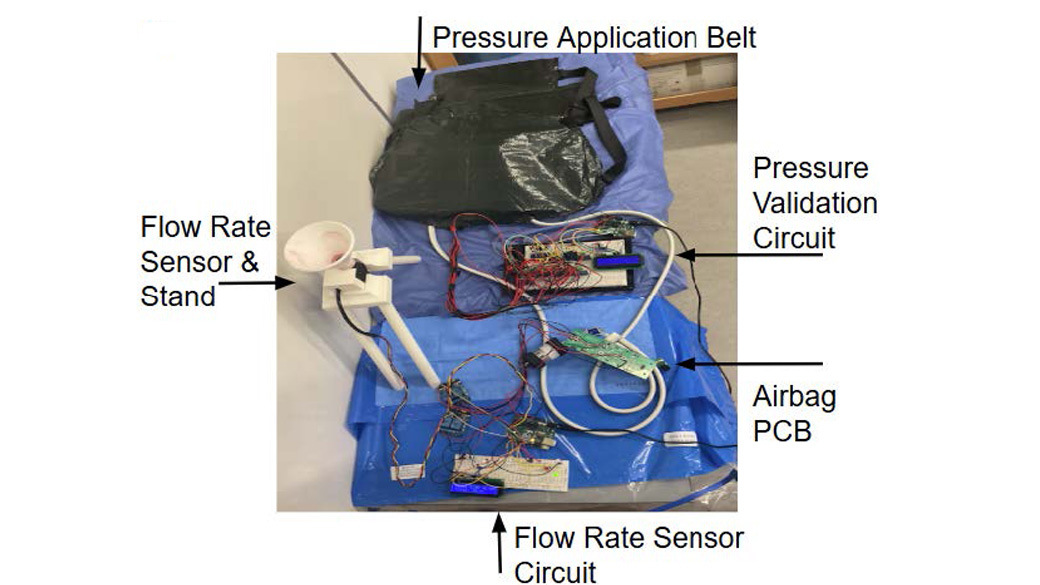
NIMHD Healthcare Technologies for Low-Resource Settings Prize ($15,000): HemBrace, Cornell University, Ithaca
Dora John, Molly Matri, Natalina Putrino, Megh Prajapati, Nambita Sahai, Saahil Joshi, Arielle Schwarzberg, Saaya Nair
HemBrace is a low-cost, reusable, smart hemorrhage triage system to estimate blood loss from postpartum hemorrhage, especially as a scalable, non-invasive solution to reduce maternal mortality in low-resource health care settings. HemBrace integrates a calibrated flow rate sensor and responsive compression belt to provide real-time, quantitative blood loss monitoring and automated pressure application.
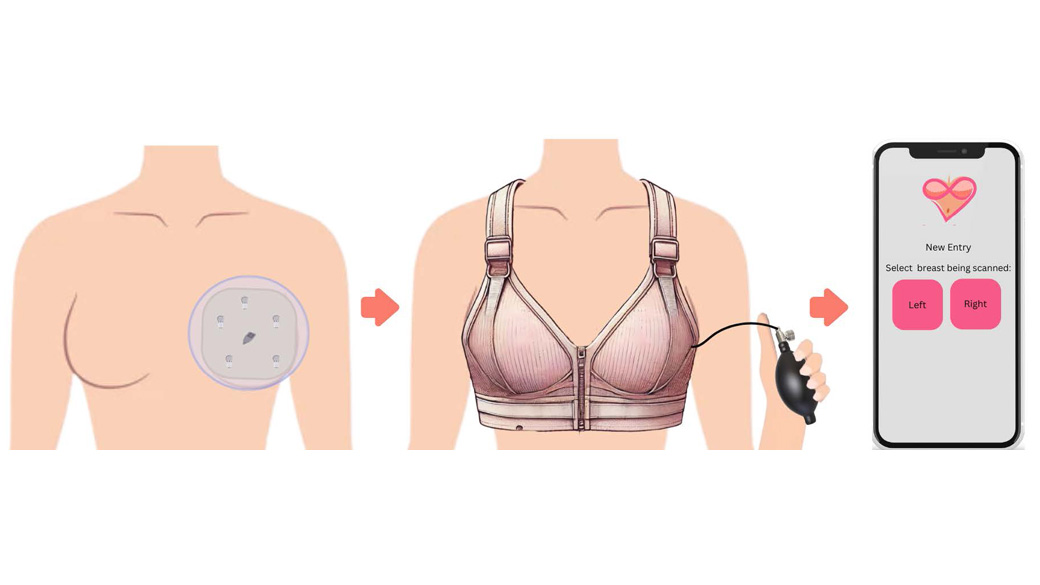
NCI Technologies for Cancer Prevention, Diagnosis, or Treatment Prize ($15,000): DensiSense, Stevens Institute of Technology, Hoboken
Sonali Dalwadi, Simran Salem, Avery Aquino
DensiSense is a wearable system that enables quantitative, at-home breast tissue assessment using artificial intelligence (AI) to provide an additional layer of early detection between clinical screenings. Designed for women with dense breast tissue, DensiSense has a skin-safe silicone membrane embedded with tactile force sensors to collect localized stiffness measurements.
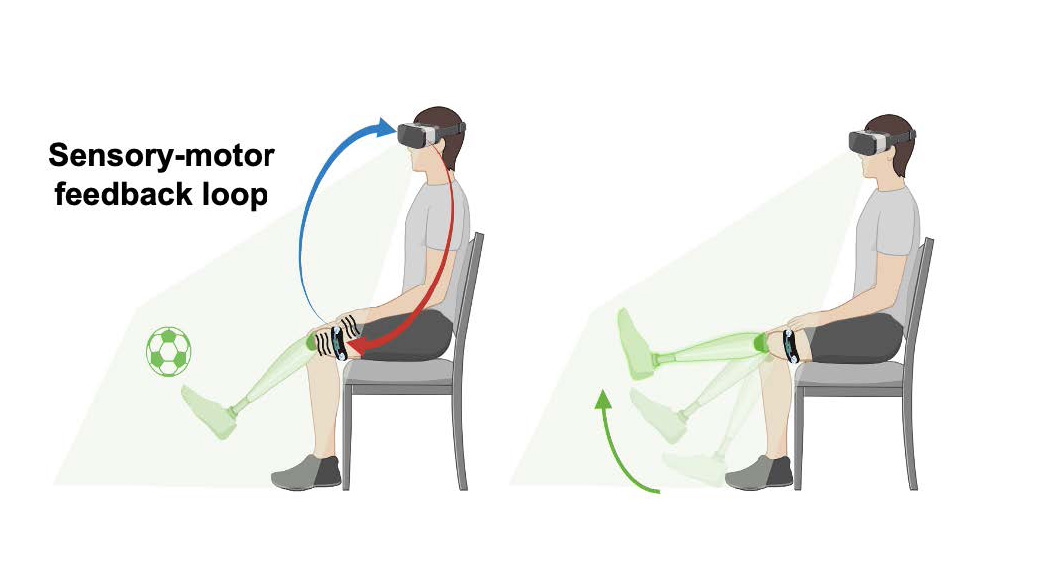
National Center for Medical Rehabilitation Research, NICHD Rehabilitative and Assistive Technologies Prize ($15,000): SimuStride, University of Miami
Benjamin Broyles, Elissa Cimino, Aidan Scott-Van Deusen
SimuStride is an augmented reality (AR) rehabilitation system designed to support people with lower-limb amputation during their critical early recovery period. The design incorporates an AR-capable headset with a custom electromyography sleeve on the residual limb to detect muscle activity and predict the user’s intended movement pattern. The predicted movement pattern is mapped onto a virtual prosthetic limb in real time, with haptic feedback of virtual objects to provide sensory reinforcement to promote motor learning and neuroplasticity.
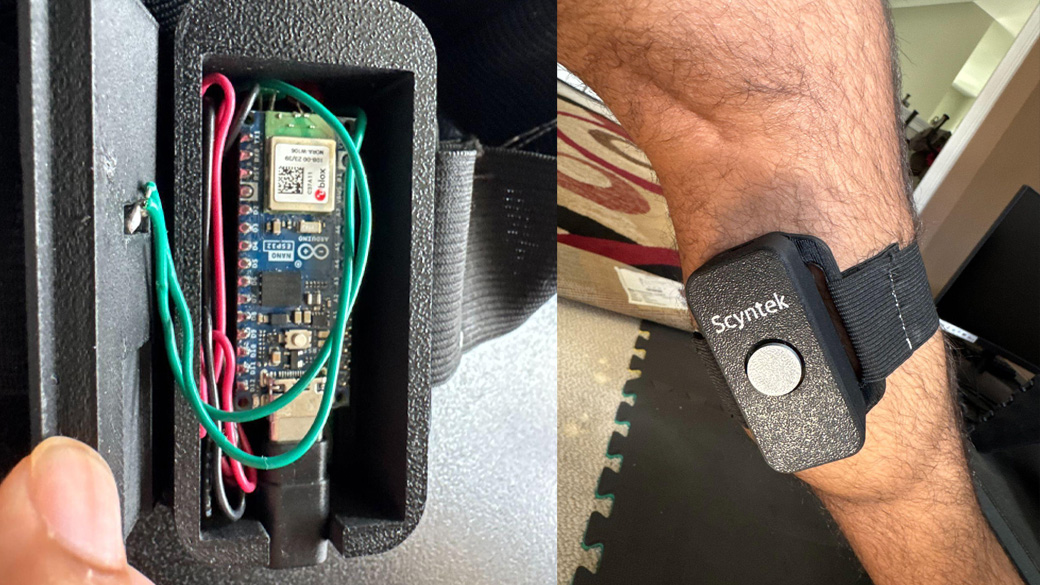
NINR Technologies to Empower Nurses in Community Settings Prize ($15,000): Scyntek Dvtect, UNC Chapel Hill
Vignesh Sriram, Karthik Ramakrishnan, Bryce Mencihella
Scyntek (Dvtect) IDvt is a noninvasive solution to detect reduced blood flow as an early sign of deep vein thrombosis using photoplethysmography (PPG). The device analyzes PPG signals from dual sensors at the femoral and popliteal veins to quantify blood flow, with embedded microcontroller-based processing to produce real-time hemodynamic monitoring.
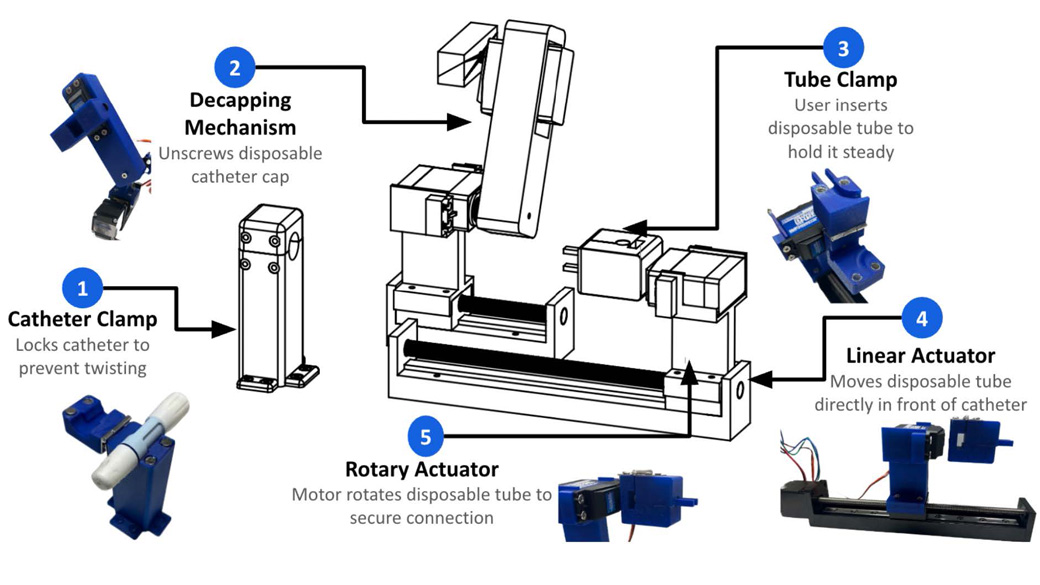
NIDDK Kidney Technology Development Prize ($15,000): DialySafe: Device to Decrease Infection Risk and Detect Infections Early for ESRD Patients on Peritoneal Dialysis, Rice University, Houston
Ibrahim Al-Akash, Marc De Guzman, Shereena Johnson, Leora Maksoud, Vedha Penmetcha
Peritoneal dialysis (PD) is underutilized in people with end-stage renal disease due to concerns about the risks of peritonitis infection. DialySafe aims to increase PD utilization through prevention and early detection of infection. An automated connection rig eliminates patient touch contamination, which causes over 90% of infections, and a novel, noninvasive sensor uses differential capacitance to detect changes in the effluent fluid indicative of infection.
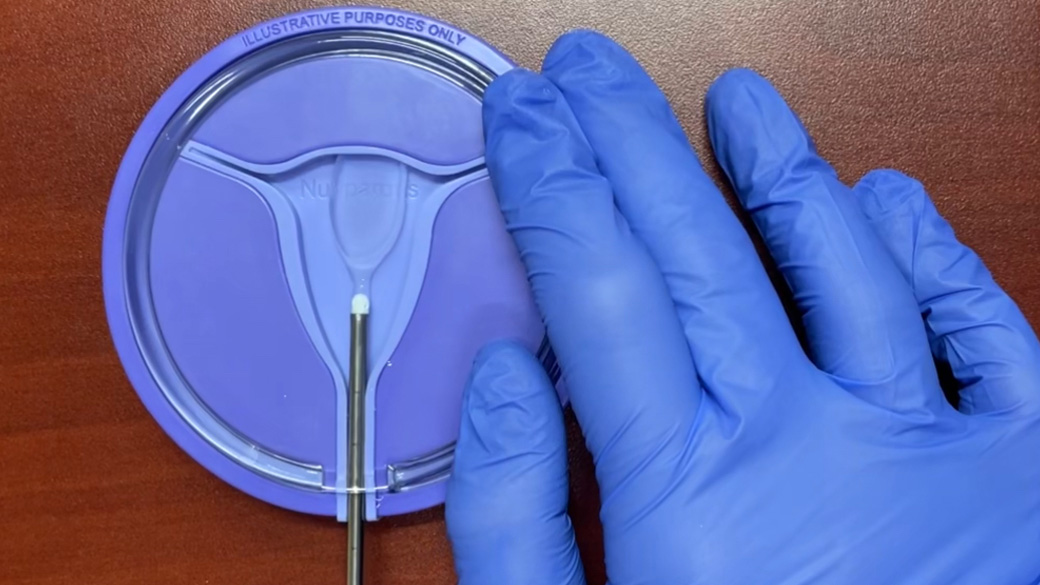
Office of Research on Women's Health Technologies to Improve the Health of Women Prize ($15,000): The LidoSound, Clemson University, Clemson
Audreanna Miserendino, Samantha McNabb, Landon Ethredge, Jade Bowers, David Polson
LidoSound addresses pain and cramping during the insertion procedure for intrauterine devices (IUDs). LidoSound delivers lidocaine anesthesia directly to endometrial and cervical tissues while simultaneously measuring uterine depth, a key measure to properly calibrate the IUD deployment device.
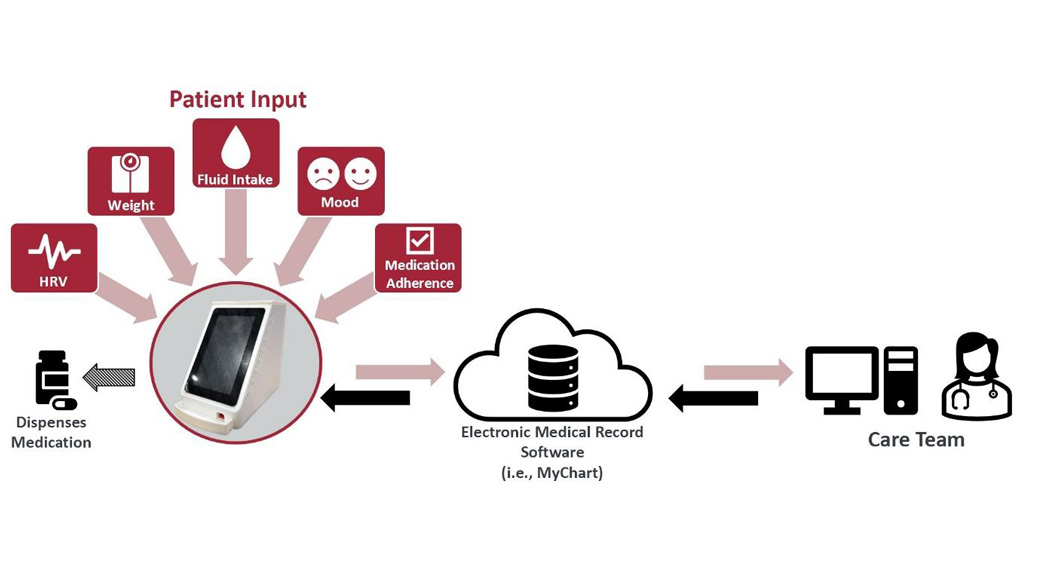
National Institute on Aging Technologies to Foster Healthy Aging Prize ($15,000): CardioLink Technologies, Stevens Institute of Technology, Hoboken
Robert Gordanier, Rhys Robichaud, Panos Stamas
CardioLink is a home-based cardiac monitoring device to reduce hospital readmissions in heart failure patients by simplifying adherence to medical therapy and daily check-ins. Tailored for elderly users, CardioLink enables a five-minute daily collection of biometric sensor data, which is displayed on a patient-friendly touchscreen. The core output is a multi-factor health index that consolidates biometric and behavioral data into a single, daily clinical stability score that can be integrated with electronic health records.
VentureWell-sponsored prizes
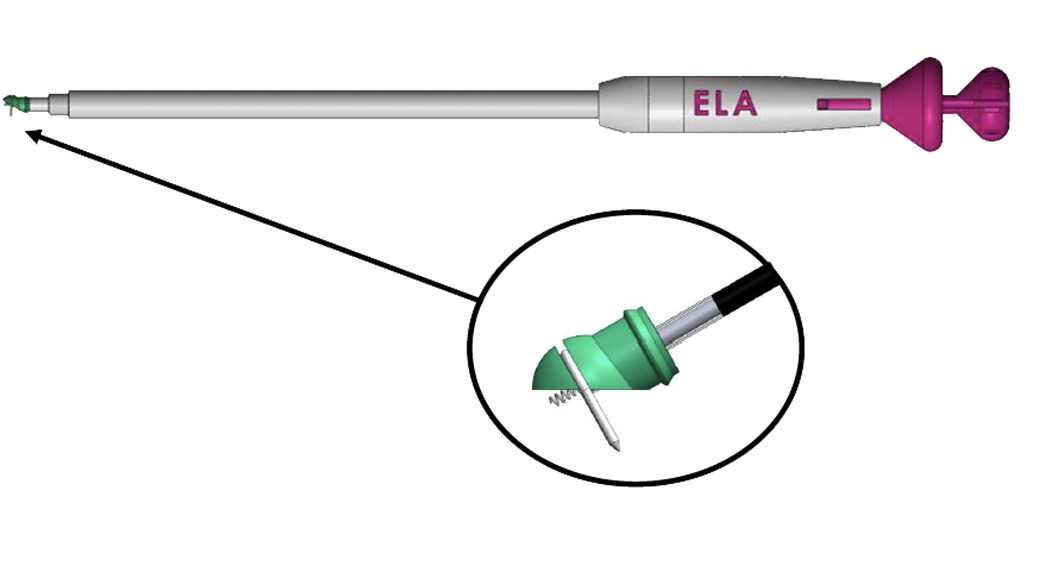
VentureWell Venture Prize ($10,000): The Epicardial Lead Adapter (ELA) System, Florida Gulf Coast University, Fort Myers
Charlee Dascani, Ryan Schuch, Courtney Connor
The Epicardial Lead Adapter (ELA) System allows modern transvenous leads to be implanted on the epicardial surface (the outermost layer of the heart) with a minimally invasive approach.
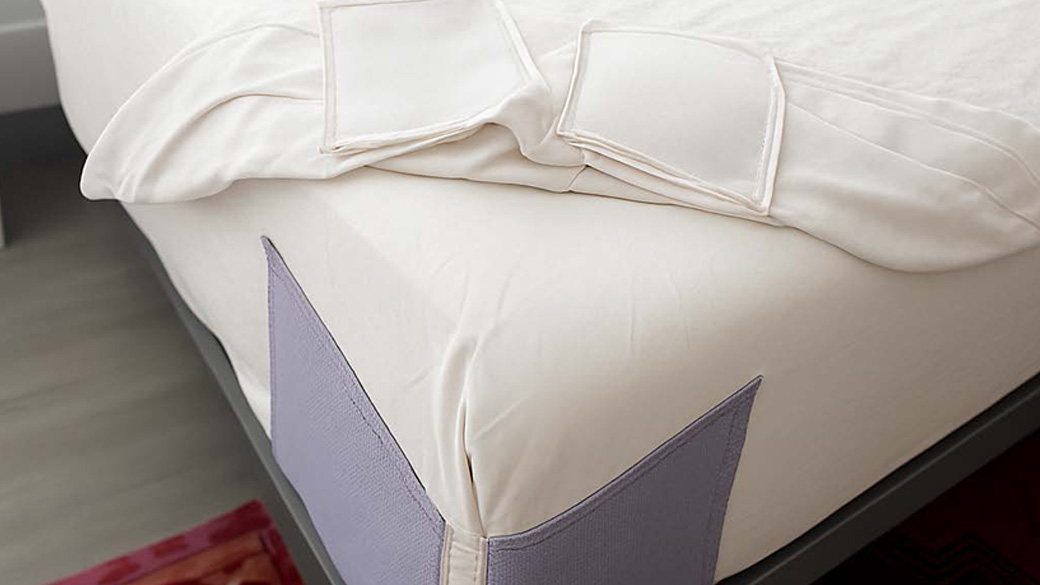
VentureWell Design Excellence Prize ($5,000): Innovative Textiles, Arizona State and Scottsdale Community College
Carsyn Schuch, Annabelle Euliss, Alba Lako, Lea Zellner
A smarter, simpler bedding system designed to support caregivers, health care workers, and individuals with mobility limitations.
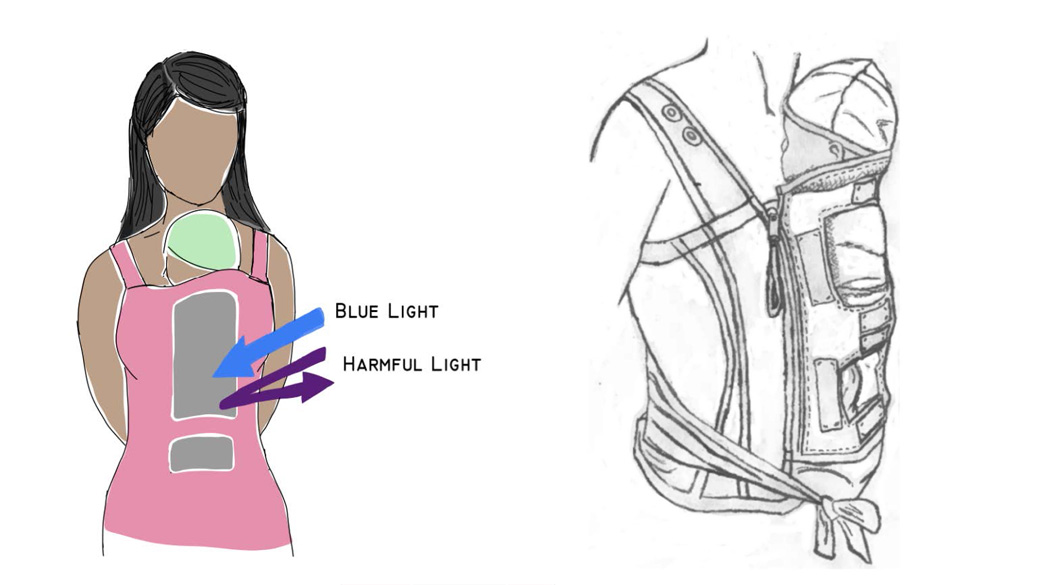
VentureWell Rising Stars Prize ($5,000): BiliRoo, Calvin University, Grand Rapids
Daniel John, Nathan Dapprich, Chukwuemeka Anayo-Ezikeoha
BiliRoo combines clinically proven filtered sunlight phototherapy with kangaroo care (skin-to-skin contact) in an infant sling to treat neonatal jaundice.
Honorable Mentions
OraLyptus: Controlled Drug-Delivery Device for Tongue Oral Mucositis, Hofstra University, Long Island
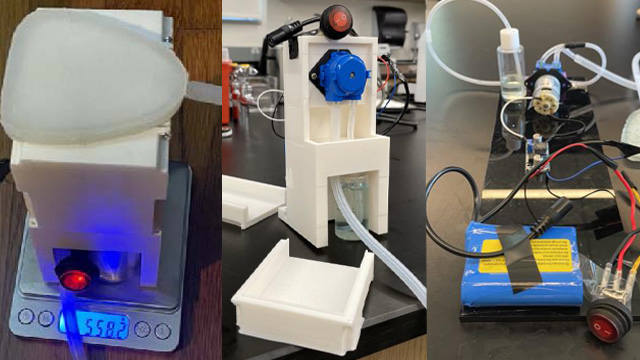
VacuTrac, Rice University, Houston
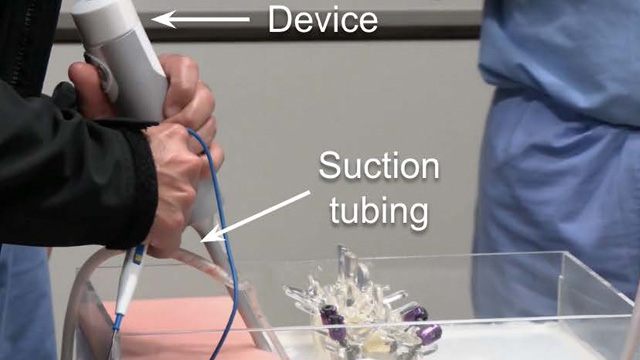
Sasha Keck, Cameron Erber, Yeonju Kim, Eleanor Kimbro, Sophianne Loh, Luke Yuen
Velocigraft: Low-Cost Template for Rapid and Accurate Meshing of Autograft Skin in Surgical Burn Care, Johns Hopkins University, Baltimore
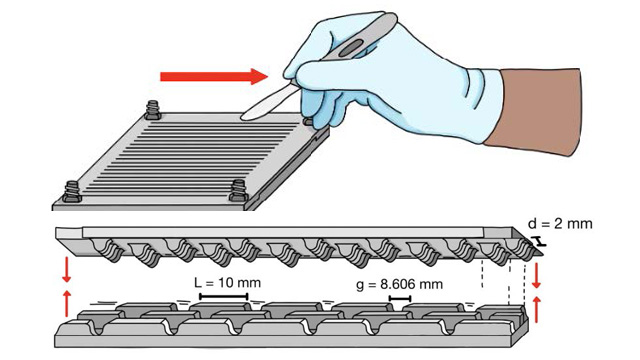
Aarushi Pant, Ojas Chahal, Ashley Cluff, Dalhart Dobbs, Christine Wang, Thoya Raman, Paree Sharma, Aditya Shrinivasan
Flow IO: A Failsafe IO Needle, University of Minnesota-Twin Cities
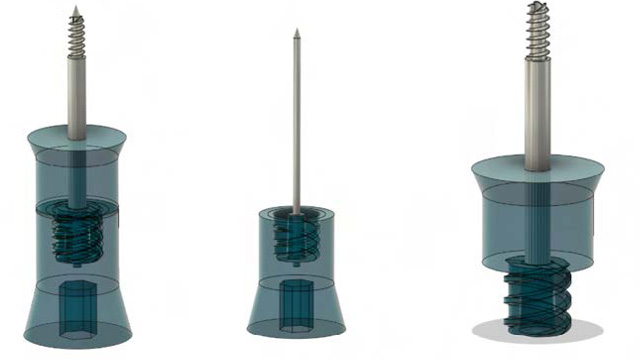
Hybrid Body Suit, Washington University in St Louis
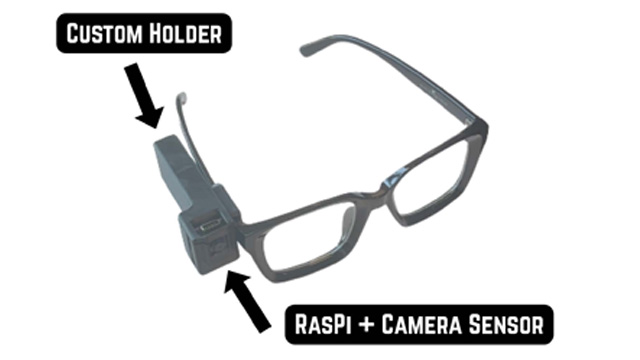
Gaurish Agrawal, Jacqueline Chuang, Leon Zhao, Max Saltrelli, Cadi Zhang, Sonia Palamand, Lydia Mazeeva

